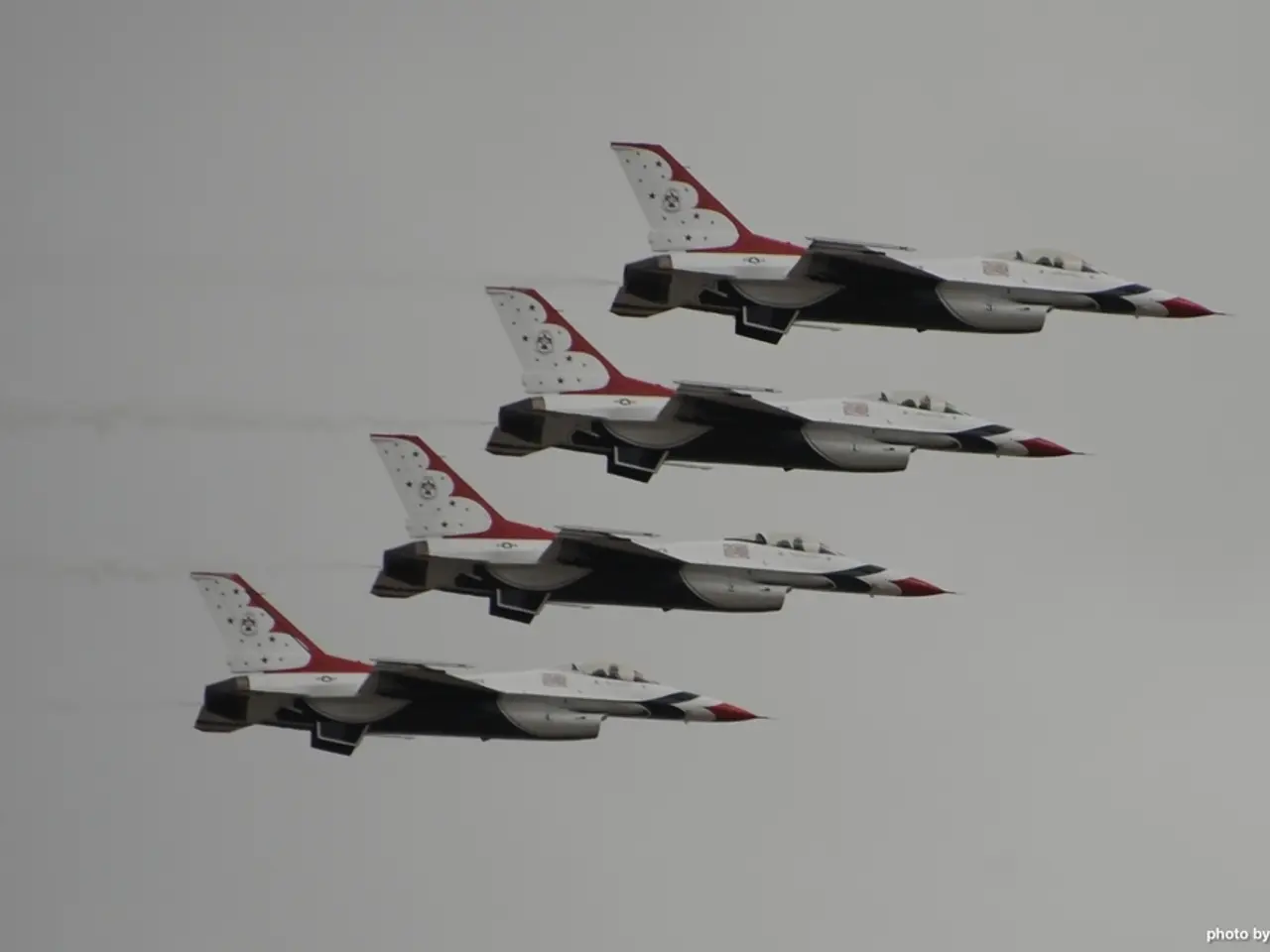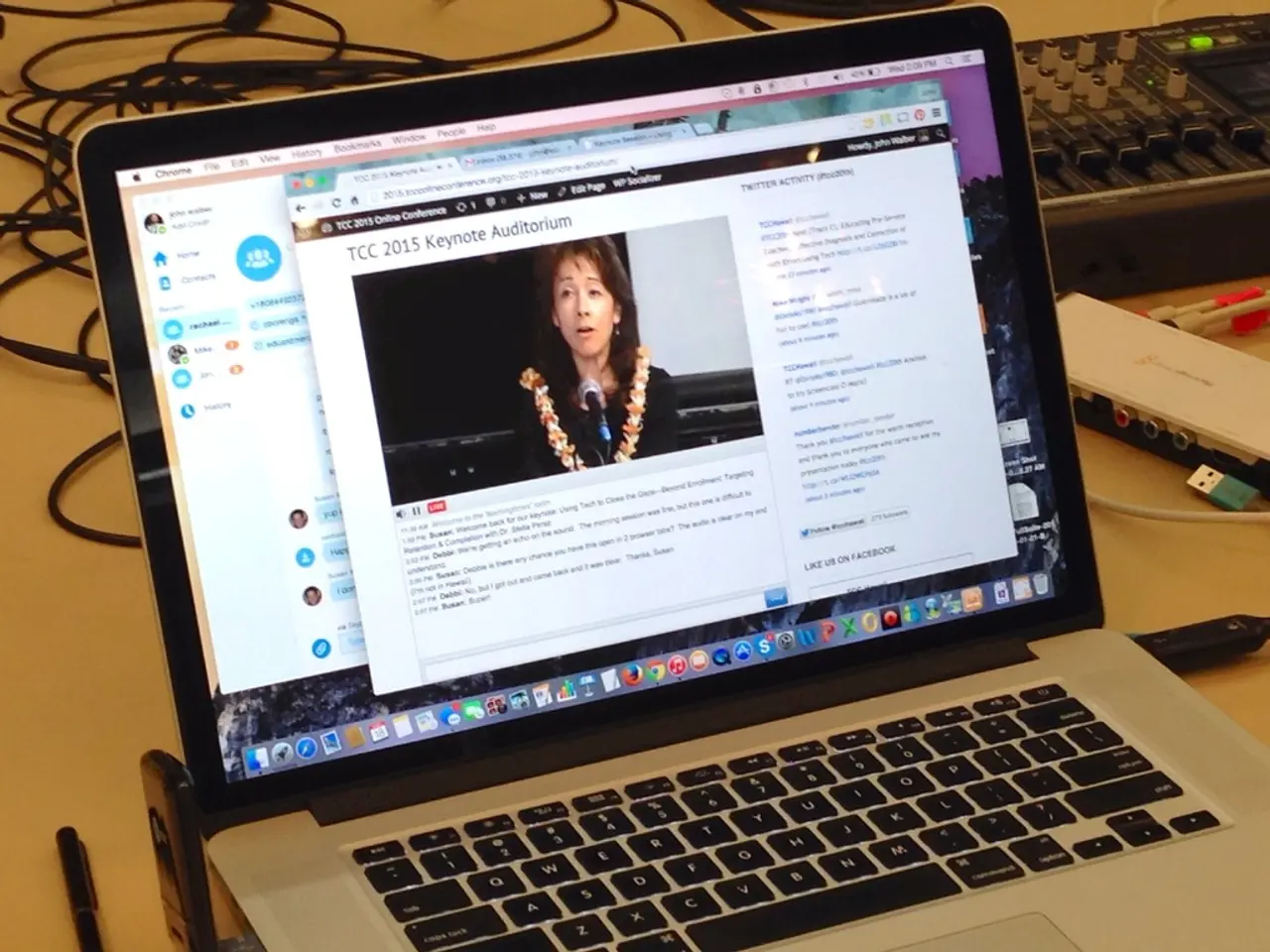SpaceX's Starship Flight 9 encounters significant advances despite mishap during landing reentry.
On Tuesday evening, May 27, 2025, SpaceX conducted its ninth test flight of the Starship, the world's largest and most powerful rocket. The flight, which took place at SpaceX's Starbase in Texas, was a significant milestone in SpaceX's quest to make spaceflight fully reusable.
The flight saw the first successful use of a reused Super Heavy booster, Booster 14-2, paired with Ship 35. The Ship reached its planned velocity and engine cutoff, becoming the first V2 Starship to do so, demonstrating improved performance compared to previous flights.
However, despite these advances, the mission experienced critical failures. A propellant leak caused loss of attitude control, preventing engine reignition and the opening of the payload bay. This resulted in the termination of the flight by passivating the vehicle. The booster successfully executed an aggressive descent maneuver providing valuable aerodynamic data but disintegrated after ignition of the landing burn just before splashdown in the Gulf of Mexico.
This flight was a step forward from the prior Flights 7 and 8, both of which failed to complete mission objectives. Notably, Flight 9 was the first attempt to test the booster’s performance under off-nominal (non-standard) flight conditions with a descent at a higher angle of attack.
SpaceX CEO Elon Musk emphasized the flight's many successes, including Starship reaching the scheduled engine cutoff. However, he also acknowledged the challenges faced, such as the fuel system leak that caused attitude control loss during the flight.
Despite these setbacks, SpaceX's proactive approach to safety and post-flight investigation allows testing to continue without significant regulatory delays. The company is already preparing for the 10th flight, which is expected shortly after July 2025.
In a statement, Musk announced plans to increase Starship's launch cadence, aiming for a flight every three to four weeks. This increased launch cadence aligns with NASA's timeline for its Artemis program.
The Super Heavy booster performed a higher-angle reentry to reduce descent velocity, a key step for future propellant savings. For the first time ever, SpaceX reused a Super Heavy booster during this flight.
Starship soared into space atop 33 Raptor engines. The Super Heavy booster separated from Starship using the hot-staging maneuver during Flight 9. The flight marked a significant milestone in SpaceX's efforts to make spaceflight fully reusable, with valuable insights gained for future missions.
It's important to note that there were no injuries or damage to public property from Flight 9. Despite the challenges faced, SpaceX remains committed to its goal of making space travel more accessible and sustainable.
[1] SpaceX (2025). Starship Flight 9 Mission Report. Retrieved from https://www.spacex.com/sites/default/files/starship-flight-9-mission-report.pdf
[2] NASA (2025). Artemis Program Timeline. Retrieved from https://www.nasa.gov/artemis/timeline
[3] Musk, E. (2025, May 27). Tweet about Starship Flight 9. Retrieved from https://twitter.com/elonmusk/status/1398767320415567872
[4] SpaceX (2025). Upcoming Starship Missions. Retrieved from https://www.spacex.com/mars/starship/missions/
- The successful reuse of the Super Heavy booster, Booster 14-2, during SpaceX's Starship Flight 9 marked a significant advancement in the integration of technology and space-and-astronomy, as demonstrated by the company's efforts to make spaceflight fully reusable.
- Following SpaceX's ninth test flight of the Starship, SpaceX CEO Elon Musk embraced the improvements made in science, such as the Starship reaching the planned velocity and engine cutoff, while simultaneously addressing the challenges faced, like the fuel system leak that caused attitude control loss, in an effort to refine and improve upon the technology for future space missions.




